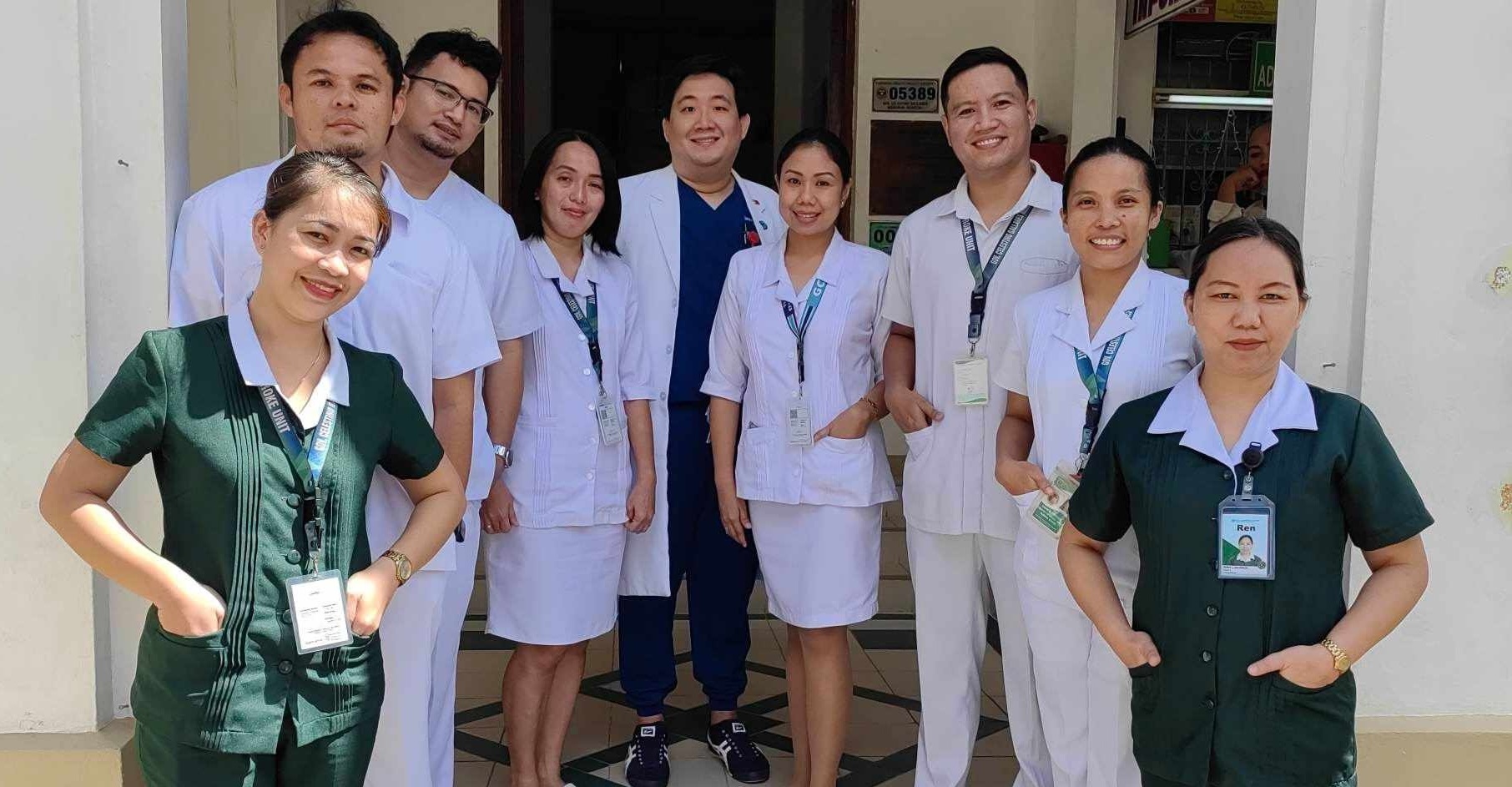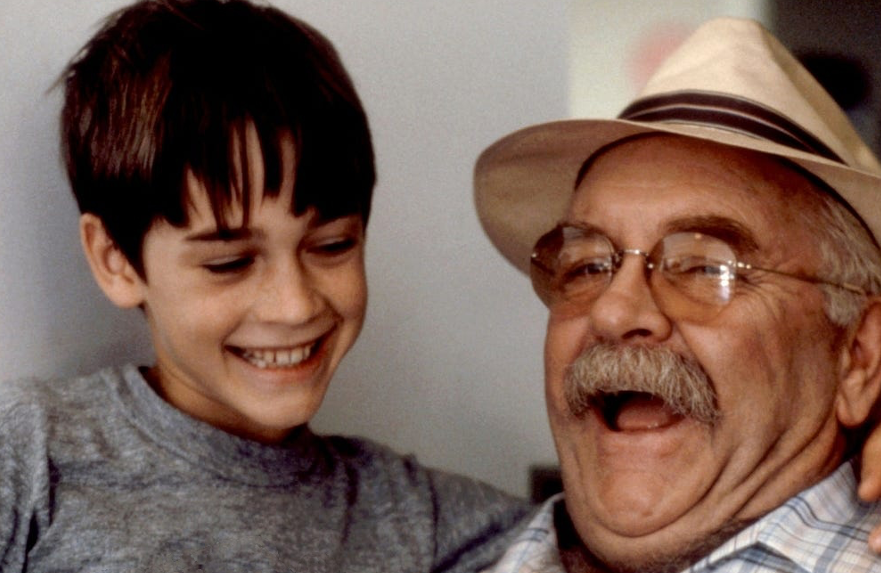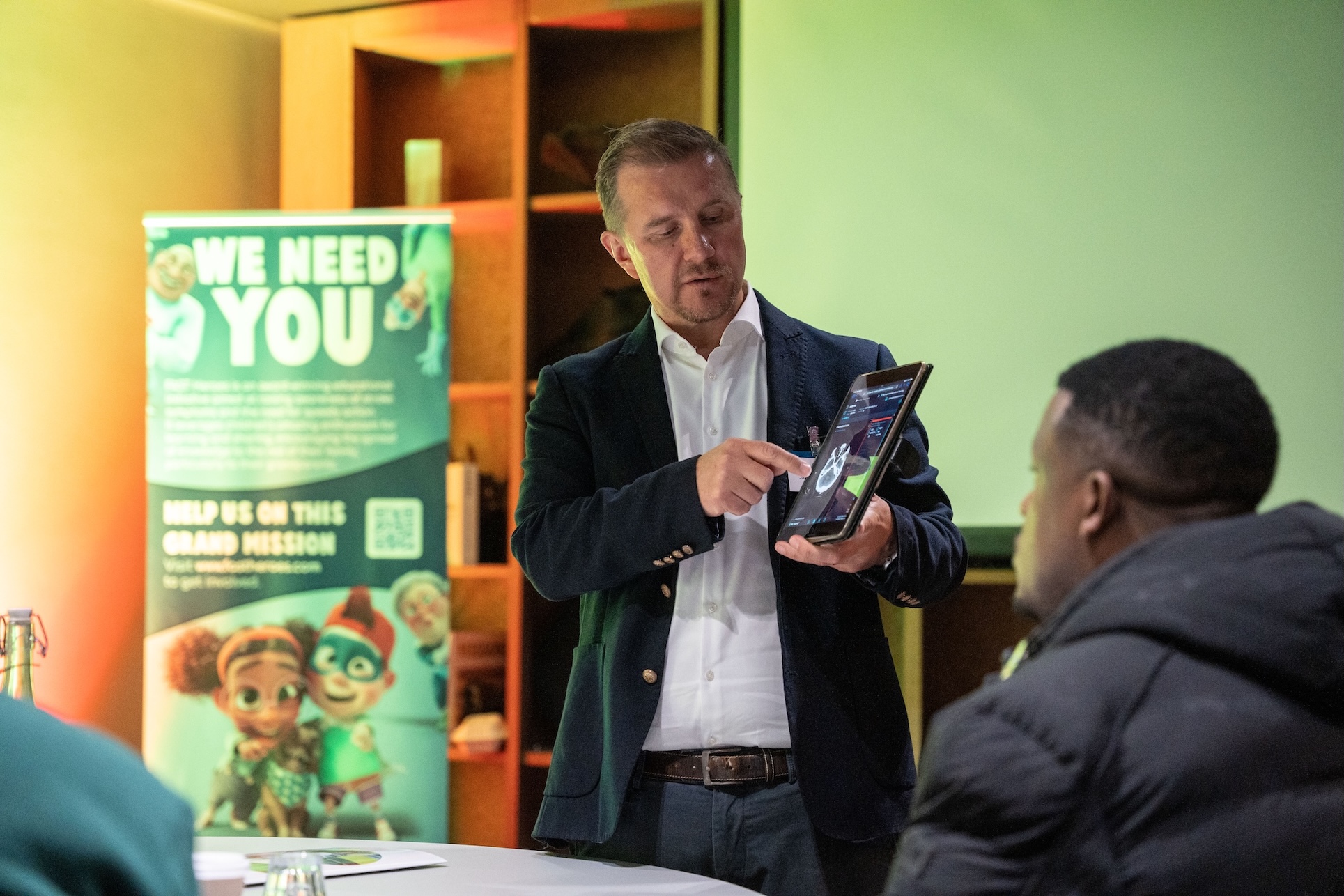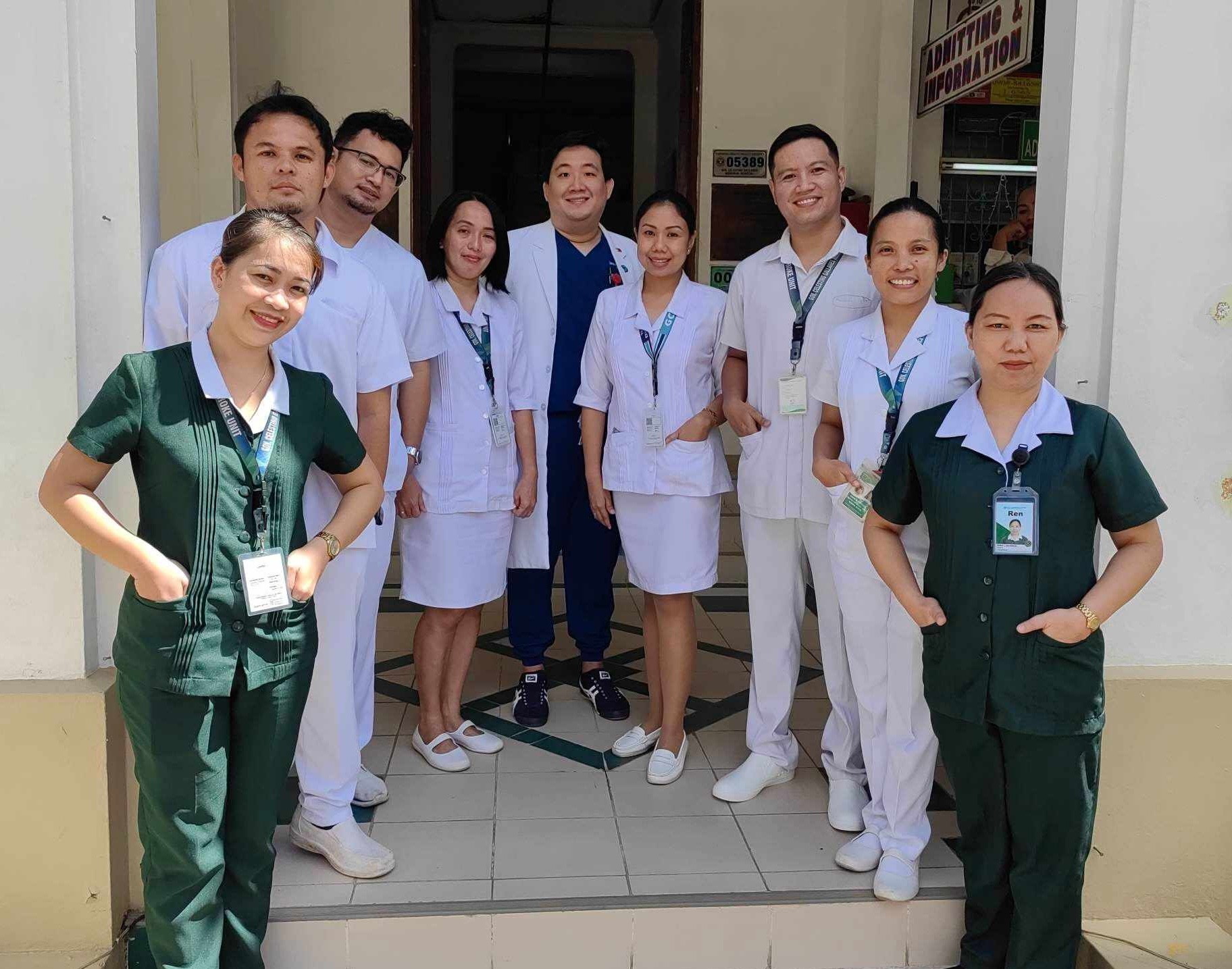
“Berita menyebar dengan cepat di kota seperti kota saya,” ujar Dr. Christian Emmanuel Lim dari Gubernur Celestino Gallares Memorial Medical Centre di Bohol, sebuah provinsi pulau di wilayah Visayas Tengah Filipina.
"Kota" yang ia ceramahi adalah Kota Tagbilaran, ibu kota provinsi dan gerbang menuju pulau ini. Ini adalah "kota perdamaian dan persahabatan" yang dibentuk sendiri dengan mengacu pada perjanjian terkenal antara kepala suku asli setempat dan penjajah Spanyol empat setengah abad yang lalu. Saat ini, Filipina menjadi salah satu kota paling progresif, dan pada hari-hari setelah 1 Juli 2019, Gubernur Celestino Gallares Memorial Medical Centre (GCGMMC) menjadi pembicara di kota ini.
Kota Tagbilaran adalah setiap inci kota asal Dr Lim. Setelah menyelesaikan studi medis di Siliman University, dan spesialisasinya di bidang neurologi di ibu kota Filipina, Manila, pada tahun 2018, ia langsung menuju ke sini – satu dari hanya dua ahli neurologi di pulau itu dan satu-satunya yang bertugas penuh waktu di sistem perawatan kesehatan umum.
GCGMMC adalah rumah sakit tersier tetapi ketika Dr Lim tiba pada awal 2019, ia tidak memiliki perawatan spesialis untuk stroke, yang menyumbang sekitar 70 persen dari semua kasus neurologis. Ia menghubungi Angels Initiative untuk mendapatkan bantuan dalam program transformasi yang memprioritaskan pelatihan bagi perawat stroke dan perbaikan berdasarkan data.
Enam bulan setelah ia tiba, kejadian yang membuat lidah goyang adalah GCGMMC baru saja menangani pasien stroke pertamanya dengan trombolisis, persis seperti yang mereka katakan. “Kami menunjukkan bahwa setelah setengah tahun seminar, apa yang kami katakan benar, kami dapat melakukan apa yang kami katakan dapat kami lakukan,” kata Dr Lim.
Karena berita menyebar dengan cepat di kota seperti kota mereka, Dr Lim dan timnya dengan sabar menunggu pasien yang akan menjadi yang pertama. “Saya harus berhasil, atau semua upaya kita akan terbuang,” jelasnya.
Kemudian pada hari Senin, 1 Juli, seorang perawat yang sedang tidak bertugas menelepon rumah sakit untuk mengatakan bahwa ayahnya terkena stroke. Dia sedang dalam perjalanan untuk mengambilnya dan membawanya ke rumah sakit.
Tim stroke di GCGMMC telah dilatih tetapi belum diuji. Sekarang semua pelatihan mereka dimulai saat mereka bergegas menemui rekan kerja mereka dan ayahnya di ruang gawat darurat. Bahkan sebelum pasien keluar rumah sakit, tersebar kabar bahwa pulau Bohol memiliki rumah sakit yang siap menangani stroke.
Awal yang baik ini menggembleng staf perawat, kata Vanessa Alonso, manajer perawat di unit stroke akut di GCGMMC.
“Melihat keefektifan trombolisis yang luar biasa memicu tekad kita dan membuat kita berusaha lebih keras lagi untuk mendapatkan pengetahuan dan peningkatan. Dalam upaya mewujudkan kompetensi, kami menyelenggarakan sesi pelatihan penatalaksanaan stroke yang ekstensif. Sayangnya, munculnya pandemi menghentikan rencana ini, menandai tantangan signifikan pertama. Tetapi dicegah untuk melakukan pertemuan tatap muka tidak menghalangi komitmen kita untuk belajar. Dengan dukungan yang tak ternilai dari Angels, kami menghadiri kursus dan simulasi online, kuliah virtual, serta sesi pembinaan dan mentoring.
“Angels juga membimbing tim dalam mengoptimalkan jalur stroke kami. Dalam hal ini, registri peningkatan kualitas perawatan stroke (RES-Q) berkontribusi besar terhadap kemajuan kami. Alat ini membantu kami memantau kinerja perawatan stroke, mengidentifikasi kesenjangan, dan menerapkan penyesuaian yang diperlukan.”
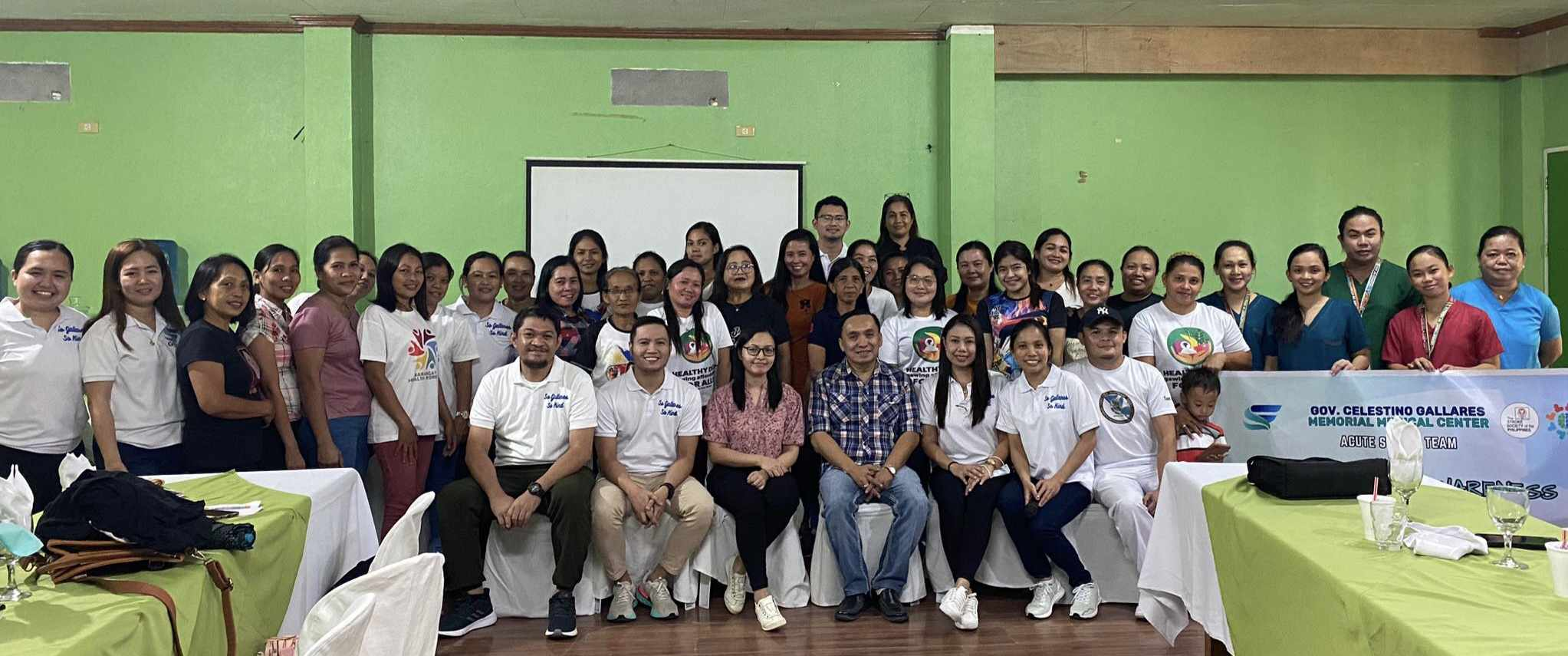
Kesuksesan datang lebih awal. GCGMMC memenangkan penghargaan emas WSO Angels pertamanya pada akhir tahun 2020, dan berlian pertamanya di pertengahan tahun 2022. Sekarang dengan delapan penghargaan berlian sebagai penghargaan mereka, mereka adalah salah satu dari tiga rumah sakit di Filipina yang mendapat penghargaan sebagai pusat keunggulan setelah mencapai status berlian di keempat kuartal tahun 2023.
“Ini adalah upaya tim,” kata Dr Lim dengan tegas. “Begitu kita melibatkan semua orang, mulai dari petugas keamanan yang bertugas di pintu kita hingga unit gawat darurat, radiologi, patologi, farmasi, perawat, dan dokter dari semua spesialisasi, kita terus mengevaluasi tanggapan satu sama lain untuk mempertahankan standar kita.”
Pada bulan Maret 2024, GCGMMC menyelenggarakan Masterclass Perawat Stroke kedua pada tahun 2024, sebuah prakarsa dari Asosiasi Stroke Filipina dan Angels Initiative yang akan mengembangkan 200 perawat untuk disertifikasi dalam tiga tahun. 60 perawat yang menyelesaikan modul pertama mereka di Tagbilaran pada bulan Maret berasal dari 15 rumah sakit di wilayah Visayas.
Perawat pelatihan juga merupakan titik awal strategi Dr Lim untuk memperluas perawatan stroke di provinsi Bohol. Kota Tagbilaran terletak di barat daya pulau ini. Di sudut sebaliknya terletak Ubay tempat Rumah Sakit Don Emilio Del Valle Memorial ditakdirkan untuk menjadi rumah sakit siap stroke kedua di Bohol. Sejauh ini empat perawat dari Ubay telah menjalani pelatihan selama tiga bulan di GCGMMC yang disiapkan oleh tim stroke yang dipimpin oleh Tn. Arthur Mendez, dan menghadiri Kelas Master Perawat Stroke pada bulan Maret. Hal ini membawa Dr Lim selangkah lebih dekat ke tujuannya agar semua orang Boholanos memiliki akses yang sama ke perawatan stroke berbasis bukti.
Untuk memahami tujuan ini, Anda harus mempertimbangkan topografi pulau ini. Bohol bergulir, berbukit, dan terkenal di dunia karena Chocolate Hills-nya, konstelasi lebih dari 1.200 perbukitan batu kapur berbentuk kerucut yang berubah menjadi cokelat di musim panas. “Kami memiliki pegunungan,” kata Dr Lim. Jadi, meskipun Ubay mungkin hanya berjarak 100 km dari Tagbilaran, perjalanan melalui jalan raya memakan waktu setidaknya dua jam - "dengan pengemudi ambulans yang melaju seperti pembalap Ferrari", tambahnya.
Setelah Don Emilio Del Valle siap menangani stroke, semua orang di pulau ini akan menjalani perawatan stroke akut dalam waktu 90 menit.
“Kami telah mengidentifikasi beberapa dokter yang akan dapat membantu kami dalam penatalaksanaan stroke tetapi kami membutuhkan perawat terlatih di UGD dan unit stroke,” kata Dr Lim. “Kita selalu dapat melakukan telestroke tetapi kita membutuhkan perawat di lapangan.”
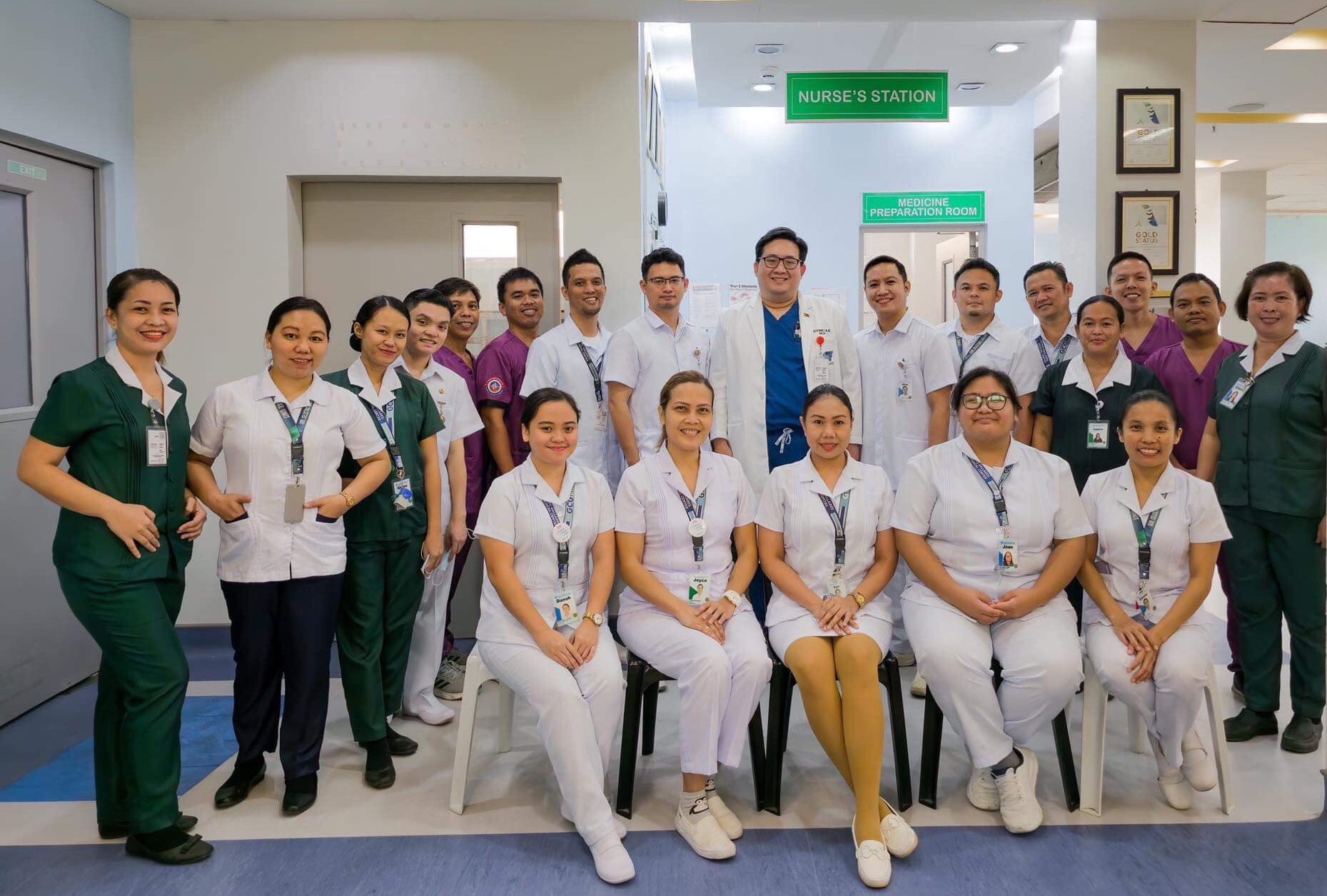
Mereka juga membutuhkan informasi publik yang dapat mengenali tanda-tanda stroke dan mengetahui betapa pentingnya mencari bantuan di dalam jendela untuk trombolisis. Ini adalah tantangan yang telah diterima tim GCGMMC dengan kreativitas dan ketahanan, kata Perawat Alonso.
“Kami mengorganisasi kampanye kesadaran stroke di sekolah, barangay, dan rumah sakit lainnya. Kami terhubung dengan kotamadya lain sehingga mereka mengetahui layanan yang ditawarkan oleh rumah sakit kami dan kami telah memperkuat hubungan dengan sistem manajemen darurat untuk memastikan tanggapan yang cepat dan terkoordinasi pada saat krisis.”
Pesan pencegahan dan deteksi dini disebarkan melalui platform online, siaran radio, dan pertemuan townhall, serta kurang formal bagi pasien dan perawat mereka di bangsal rumah sakit lainnya, termasuk bedah, kebidanan, ortopedi, dan lain-lain. Terdapat juga rencana untuk menjangkau anak sekolah melalui kepala sekolah dan guru.
Meskipun mereka belum secara resmi mengukur efek aktivitas kesadaran mereka, dampaknya dirasakan di pintu rumah sakit. Dr Lim mengatakan ini adalah kesempatan untuk melihat ke masa depan.
Dia berkata, “Pada awalnya kami memiliki satu pasien yang tiba tepat waktu per bulan, dan sekarang kami melakukan trombolisis tujuh, 15, sebanyak 20 pasien setiap bulan.”
Hal yang tidak akan dilakukan Dr Lim jika pasien adalah kandidat trombolisis, adalah meminta persetujuan. Sebaliknya: “Jika mereka menolak untuk diperlakukan, kami meminta mereka untuk menandatangani pengesampingan.”
Sejauh yang menyangkut rumah sakitnya, trombolisis adalah standar perawatan, dan ia tidak akan meminta persetujuan Anda lagi daripada ia akan meminta izin Anda untuk memberi Anda oksigen jika Anda menghirup udara.
Meskipun Filipina belum memiliki data insiden stroke yang dapat diandalkan, Dr Lim meyakini bahwa angka ini lebih tinggi daripada yang diyakini secara umum. Dia berkata, “Kami melihat rata-rata delapan stroke per hari dan tidak ada hari yang berlalu tanpa setidaknya satu pasien stroke.”
Seperti banyak rumah sakit umum di luar kota besar di negara berkembang, GCGMMC secara rutin beroperasi pada 150 hingga 200 persen pekerjaan, yang memberikan beban berat pada pekerja perawatan kesehatan dan sumber daya rumah sakit. Menanggapi beban ini, lima tahun yang lalu rumah sakit mengadopsi mantra, “So Gallares, So Kind” untuk mendorong staf yang terlalu banyak bekerja untuk melakukan lebih dari sekadar melakukan gerakan.
Dr Lim menjelaskan: “Kami berusaha memberikan perawatan berkualitas terbaik. Salah satu atribut kepedulian kualitas adalah nilai kebaikan. Mantra ini adalah pengingat bahwa meskipun kita sibuk, kita tetap harus bersikap baik.”
